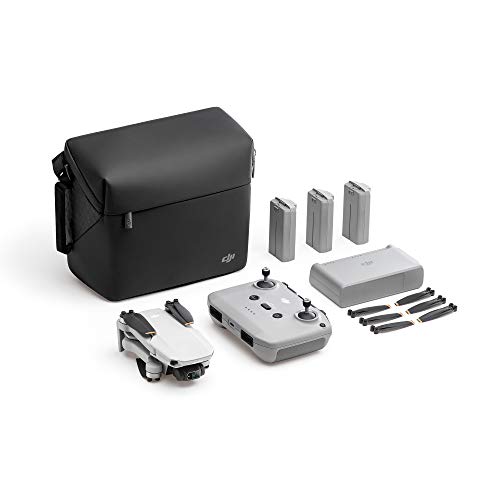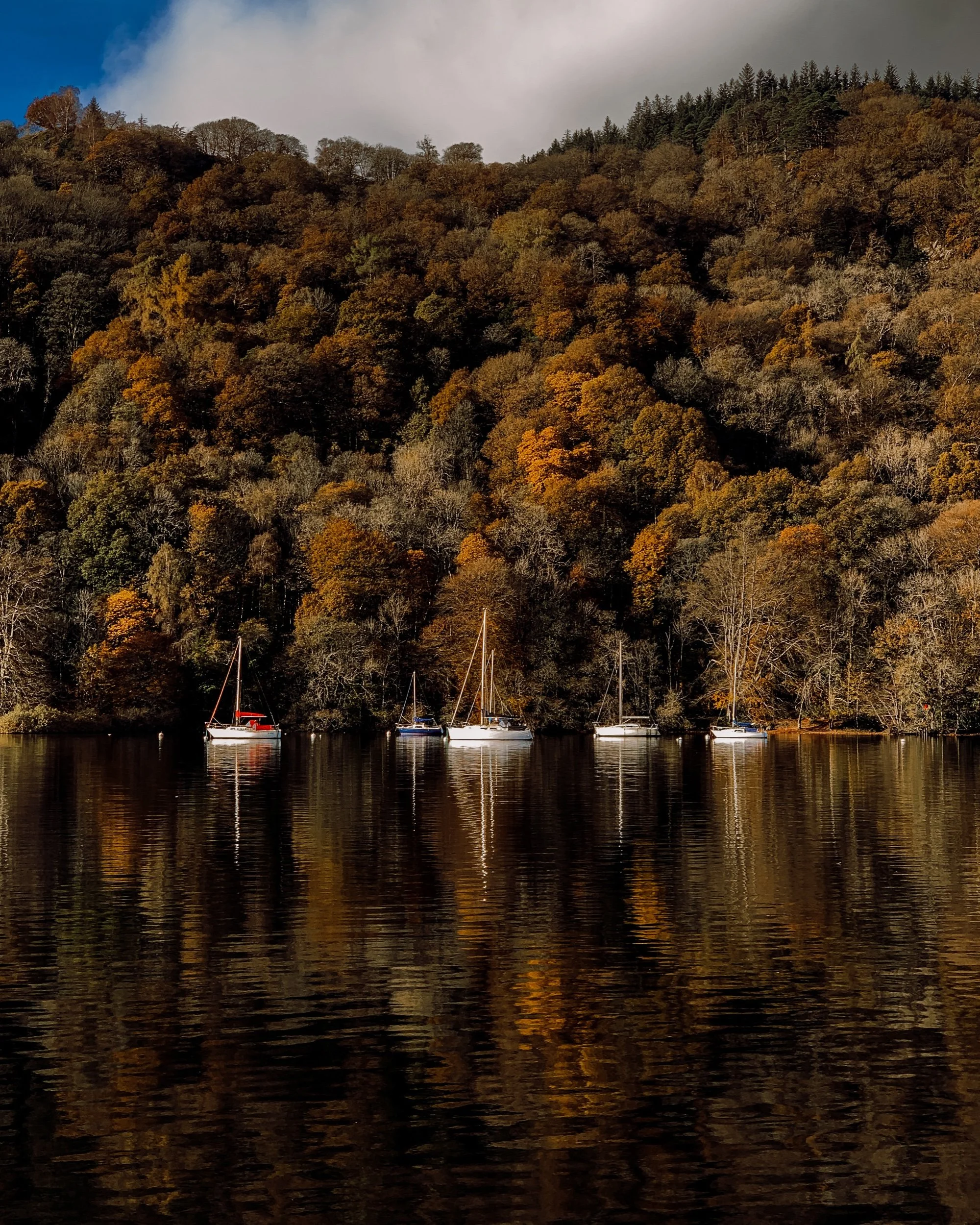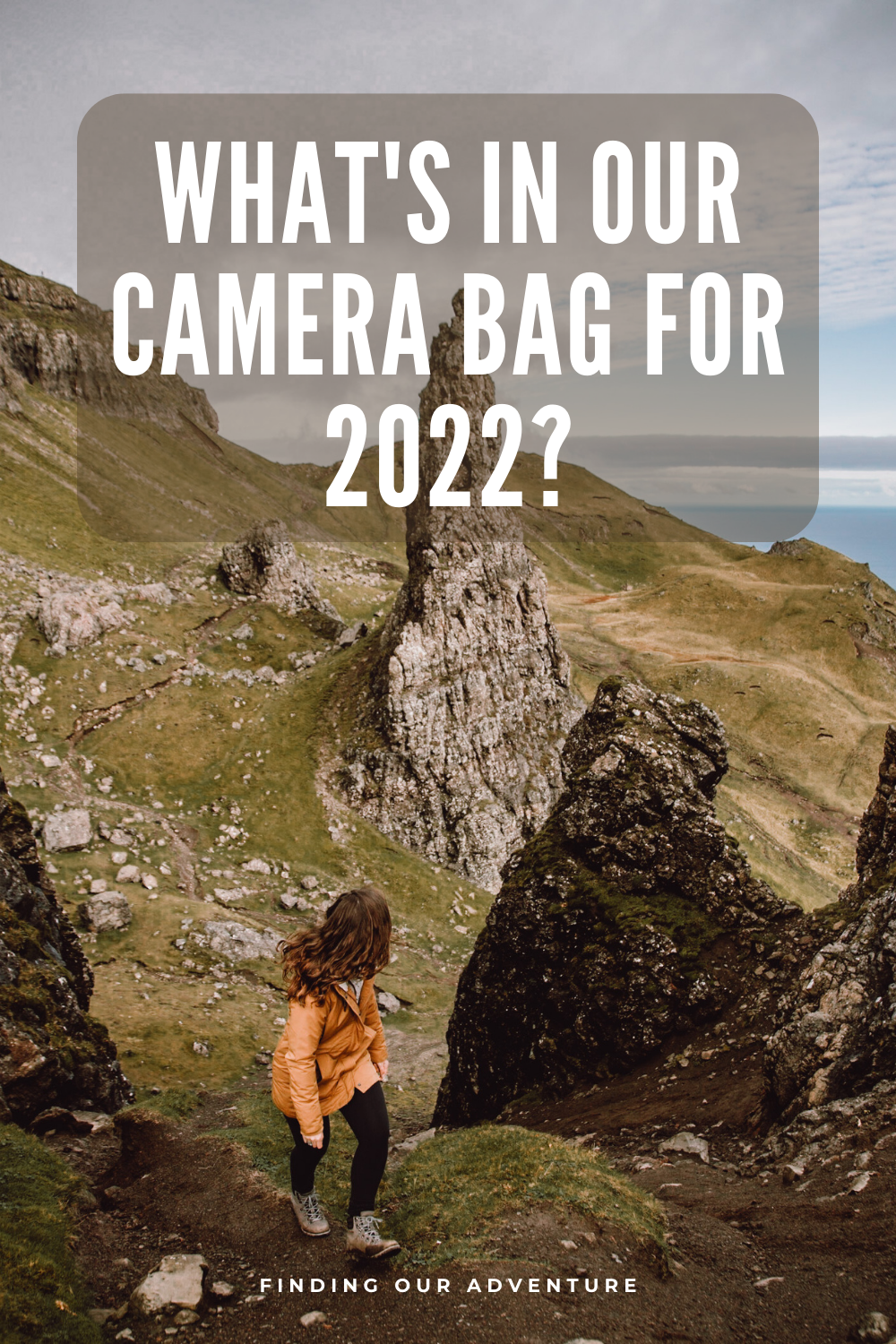We have included links which may contain an affiliate link and if you decide to purchase any products through these links we will receive a small commission at no extra cost to you from the sale.
Updated September 2024
Our Camera Journey…
We’ve both had a love for photography for a long time. Jonny’s shared bedroom with his brother growing up was also a makeshift dark room. The smell of chemicals and the glow from the red bulb are something Jonny can still remember.
We started out as wedding photographers back in 2011 and after shooting more than 100 weddings our hunger for adventure, travel and seeing new places eventually led us to become full time travel content creators. We have been lucky to use a wide range of equipment. We’ve also seen the industry and technology change so much over the years. What is inside our camera bag is continually evolving, although at a much slower rate now as we have matured much more as photographers over the years and settled into the equipment we are happy with.
With camera technology where it currently is, there is less of a need to upgrade equipment every few years. We still use Canon 5D mkiii’s for the very few weddings we still shoot each year. Although after the last wedding, we did both say that they are starting to feel very long in the tooth now. There is also the worry that the shutters may give up any day now after the tens of thousands of images captured on these cameras. They have done well and its a testament to the durability of Canon cameras.
Our first long adventure was to South Africa in 2014. Little did we know back then that travel would become our careers. We set off to Africa with a Canon 5D mkiii, 24-70 f2.8 and a 120-400 f4.5-5.6. We also had a little Canon EOS M with a 22 f2 lens. That was our first mirrorless camera and we loved the small size for travelling.
Between 2011 and 2016 we used almost every Canon camera on the market, we loved trying new equipment and seeing what worked best for us.
In 2017 we went down the Fujifilm route first with a X100 and then a couple of XT-1s and an XT-2. These are the cameras we actually took with us to South East Asia for 6 months when finding our adventure was born! We had a couple of XF 23 f1.4 lenses and a XF 50-140mm f2.8 with teleconverter. We loved the Fuji colours and how the photos came out, plus the system was so much fun to shoot on and the cameras look incredible!
After returning to the UK and to a summer of weddings, mixed with the travel adventures we had planned we decided we needed a system that worked for both travel and weddings, we already had all our lenses for Canon cameras and knew that we needed one system for all our work.
This is when we ended up going down the Canon 1DX mkii route. We were starting to mix some videography into our travel content creation and this camera shot 120fps. It was heavy and to be honest hauling such a big kit around all day took away the enjoyabilty of shooting any travel work. We were used to the much smaller Fujfilm XT2 and we were not happy with our setup at all. This was the time I (Jonny) really started to regret selling my Fujifilms.
Going back to a DSL system after months of shooting on Mirrorless cameras was a bit of a nightmare. Mirrorless cameras focus straight onto the sensor rather than through a mirror and miss focus a lot less often. In the sometimes run and gun environment of travel and weddings mirrorless cameras just focus better and you end up getting used to that reliability. The Canon 5D mkiii’s we had just made us work harder!
Later that year Canon finally announced their first full-frame mirrorless camera the EOS R. For many the specs sheet was utterly disappointing compared to competitors such as Sony who had been in the mirrorless game for a while at this point.
For us though the thought of a lighter mirrorless system that was Canon and with a mount compatable with our current lenses was a no brainer. The EOS R actually turned out to be a extremely solid camera. It had the renowned Canon colours, incredible and fast AF and crisp photos.
5 years later we have only just upgraded from our EOS R from travel content creation. It has been a wonderful camera to use on many, many adventures and projects.
Let us show you below the current kit we take with us on all our adventures!
The Cameras
We’ve had a lot of cameras over the years and we still have a lot of cameras for various different jobs. Our cameras are mainly split between our travel content creation and the vary limited number of weddings we taker on each year.
Here is a full list of the cameras we still have in our photography gear cabinet at FOA HQ:
Canon 1DX mkii
Canon 5D mkiii x2
Canon 5D x2
Previously owned cameras:
Canon 100D
Canon 550D
Canon 30D
Canon 40D
Canon 7D (Loved this camera but traded it in to upgrade to full frame)
Fujifilm XT1 x2
Fujifilm XT2
Fujifilm X100S
Canon EOS M
After many years trying many cameras we have finally settled on what we now have in our bag.
Canon EOS R5
Weight: 738g
After the EOS R left some underwhelmed by the spec sheet, Canon really delivered with the R5. Incredible stills and video features which at the time were industry leading, and even now put the R5 right up there with the best.
The Inclusion of IBIS in this body of the EOS R means that we can push our photography even in much lower light environments and also while on the move from vehicles and ensure that our photos are crisp and sharp. The eye tracking autofocus is also on another level and once you use eye focus you wont go back.
Its a wonderful camera to use, fast and responsive. Its the first camera since using our 1DX mkii that feels as fast. While it might not be as light or as compact as its Sony counterparts the R5 really is a camera that will be in our bag for many years to come.
Canon EOS R
Weight: 660g
In our bag since 2018, the Canon EOS R. Now primarily used as a backup camera, this EOS R spends most of its time in our camera bag after effectively being retired after 5 solid years. This was Canon’s first full-frame mirrorless camera, a lighter weight equivalent to its DSLR counterparts, making it a great companion for taking on hikes, road trips and for travel photography as a whole.
The body is compatible with our canon lenses using an an EF-EOS R adapter. One feature we love is the touch screen, which allows you to quickly select the focus and browse the main menu allowing quick response times to moments you don’t want to miss.
THE LENSES
Just like the cameras weve used over the years, we have also owned and used a large selection of lenses. From cheaper lenses when we first started our career as photographers to more durable, professional and sharp lenses.
The lenses are really where you should be spending your money as you will likely hold onto and use a lens for many more years than a camera body.
Even with the new RF mount of the new Canon mirrorless systems we can still use our Canon EF lens via an adapter. The only downside I have ever felt to using the adapter is the added length to the lens, other than that the lenses work perfectly and even better in some cases.
Here is a full list of the lenses we have previously owned:
Canon EF 16-35 f4 L
Canon EF 24-70 f2.8 L x2
Canon EF-M22mm f2 STM
Canon EF-S18-55mm f/3.5-5.6
Canon EF-S55-250mm f/4-5.6 IS
Canon EF 28-135mm f3.5-5.6 IS
Canon EF50mm f/1.4
Canon EF85mm f/1.8
Canon EF50mm f/1.8
Sigma EF120-400mm f4.5-5.6
Sigma EF 70-200mm f2.8
Sigma EF 24-70mm f2.8
Fujinon XF 23mm f1.4 x2
Fujinon XF 50-140 f2.8 IS
ZEISS Touit XF 32mm f1.8
Most of these lenses we had for a few months to a year as we experimented and then sold to purchase new lenses. Its not a cheap way of doing things but in the early years there is a lot of experimentation, learning and developing the kit that has become comfortable for us and our working and photography style.
The problem with lenses is that they do become sentimental, often more than a camera body and as we slowly start to transition to RF lenses, our older EF lenses will most likely always have a place in our photography cabinet.
Canon EF 85mm 1.2L
Weight: 1.025kg
This prime lens creates beautiful portraits and has been a key player in our wedding photography work. Part of the Canon L series lenses, these lenses give professional quality and have a red ring around the lens to distinguish them from other lenses such as Sigma Art lenses. The larger aperture produces a shallow depth of field where the background is soft and out of focus. Recently, this lens doesn’t get out much because it has limited uses for travel photography as it has a fixed magnified focal length which can make it less adaptable in a range of shooting situations compared to most of the other lenses in our camera bag.
Photos captured on the CANON EF 85MM 1.2 L
CANON EF 50MM 1.2 L
Weight: 590g
The Canon 50mm 1.2 L is another great Canon prime L lens which also creates beautiful portraits. An essential tool in our wedding kit and also our travel gear. The short focal length compared to the 85mm provides more versatility in different environments and types of photography which makes it a great all-rounder.
SIGMA 35MM 1.4 ART
Weight: 645g
The range of Sigma Art lenses is a more affordable option in comparison to Canon L lenses. At a 35mm focal length, this lens can be used for everyday life such as street photography, weddings, travel and portraits. The 35mm focal length makes it a versatile lens and works well for portraits and landscapes. A reasonably lightweight lens with great optical quality, the Sigma 35mm is tough competition to its Canon L lens equivalents.
SIGMA 24MM 1.4 ART
Weight: 695g
Another Sigma Art lens which we have found invaluable for our travel photography. The 24mm focal length on this lens provides the perfect tool for landscape lifestyle photos where in particular locations it might be difficult to step back and fit the scene in the frame. When shooting for social media platforms such as Instagram, it can be frustrating as you have to also consider the crop ratio. The 24mm allows flexibility to keep space in the frame for cropping later in post-editing whereas using other fixed prime lenses does not have this option in certain situations. A bonus to this lens is that is relatively small and lightweight.
SIGMA 24-105MM 4.0 ART
Weight: 920g
After many adventures travelling by car, bus, boat, train and plane, we have had to downsize our gear and determine what is essential for capturing those travel moments. The essential requirements of a camera lens for us are that it must be lightweight, small, versatile, produce high-quality images and be reliable (not much to ask for right?!). The Sigma 24-105mm 4.0 Art lens has increasingly become our go-to travel lens. Although this zoom lens is slightly heavier than the prime lenses listed above, you have to consider that the range of focal lengths it provides instead of packing each corresponding prime lens. The Sigma 24-105mm has a 4.0 aperture which is ideal for travel photography. We enjoy using Sigma 24-100mm for landscapes where we want to use background compression. For example, when we want mountains in the distance to be brought closer to the subject.
CAMERA BAG
MINDSHIFT BACKLIGHT 18 L PHOTO DAYPACK CHARCOAL
This backpack is great for the outdoor photographer as it’s durable, has easy access to gear and is comfortable. There are plenty of pockets to store memory card cases, batteries, snacks and in addition to plenty of storage there is space for two water bottle pockets on either side of the pack with an elastic cord to tighten. The inside of the bag has adjustable dividers depending on the gear and also has a rain cover perfect for those moments when you get caught out in unexpected wet weather and keeps your gear protected. There is even space for a 13” laptop which makes an ideal all-rounder travel backpack on the road or even for flying.
ACCESSORIES
JJC SD Card Holder Water-Resistant Memory Card Case Storage
Memory cards are like gold dust holding your images until they are transferred onto your hard drive. Every photographer’s worst nightmare is a damaged memory card. That’s why it’s so important to protect your memory cards in a crush-proof case, the JJC card holder ensures they are safely stored away from water, dust, sand or anything else! Each slot is specifically designed for a perfect snug fit to avoid any damage in transit.
SanDisk Extreme Pro memory cards
We carry multiple memory cards which allow us to have plenty of flexibility and opportunities to capture on the move without having to transfer images regularly if we have a busy travel itinerary and want to make the most of capturing our travel content.
Peak design camera strap and anchor links
The great design feature on this Peak Design camera strap is that you can easily clip your camera in and out of the camera strap, allowing you to shoot according to your preference effortlessly. We prefer to have a camera strap whilst out exploring as it allows us to take photos with minimal fuss but have the option to remove it when shooting portrait or vertical orientation as the strap can get in the way.
Peak Design capture clip
Whilst hiking, using your camera can be a hassle having to get it in and out of your camera bag. The Peak Design capture clip is a great solution where you can have your camera fastened to your bag straps without having to get it out or have it around your neck. It provides quick and easy access to your camera either from your bag strap or your waist. There are adaptor mounts you can get for other cameras such as GoPro etc.
Manfrotto Beefree tripod
We noticed we rarely took photos together, other than selfies on our phones! A tripod is a great way to get photos together when it wouldn’t otherwise be possible. The Manfrotto Beefree tripod ensures that the camera is level and secure in remote locations.
DRONES
A drone allows you to get creative with perspective and is a great tool for photos together. Currently, we have the DJI Mavic Pro and the DJI Mavic Mini 2. Since 2017, the Mavic Pro has been to multiple different countries across the world. The UK Unmanned Aircraft Systems (UAS) Regulations, categorise drones based on their weight. The DJI Mavic Pro will have additional rules and restrictions from December 2022. The Mavic Mini 2 is under 250g which means it is exempt from most of the new regulations.
DJI Mavic Mini 2
DJI MAVIC PRO
GoPro Hero 8
Since starting our Youtube series, we have been filming most of our videos on our GoPro Hero 8 for capturing our vlogs. We have found it easy to use and lightweight with the limited space in our camera bag! To capture the sound we use the V-MIC Dual Capsule microphone as it captures sound in front and behind the camera. There are a number of grips we use and our most recent addition is the Volta battery grip, which charges the GoPro whilst you use it. We have found it frustrating while using the media mod to change batteries when on the go as you have to take the case off which is time-consuming. We also use the GoPro El Grande grip for snowsports and Joby Gorilla pod.






























